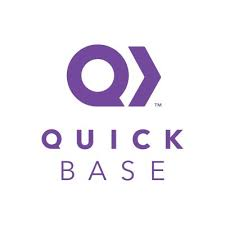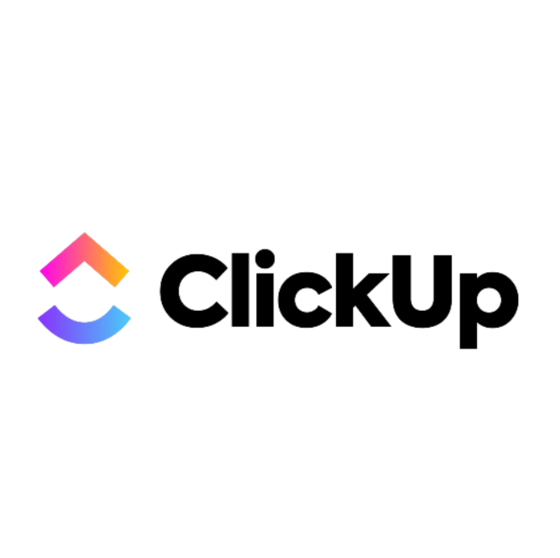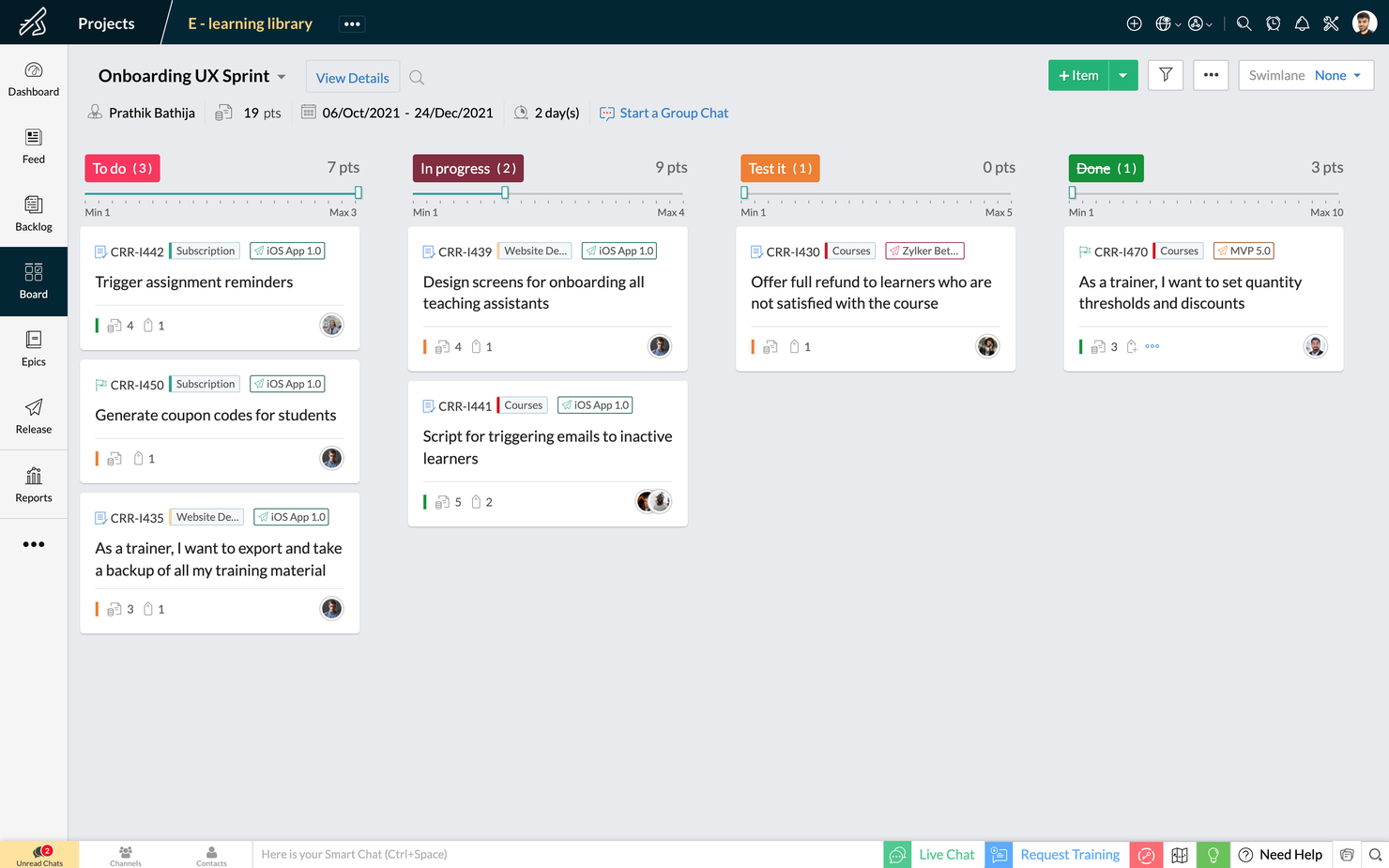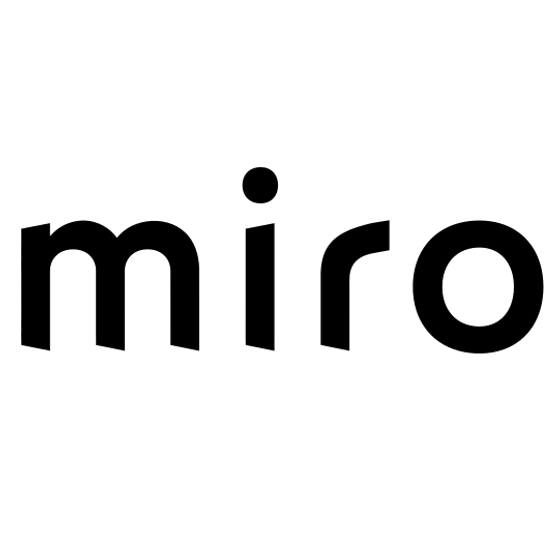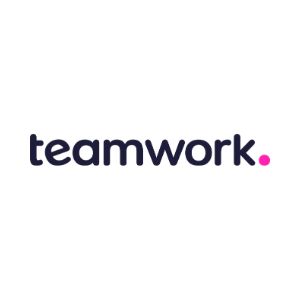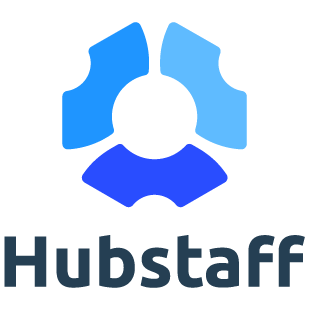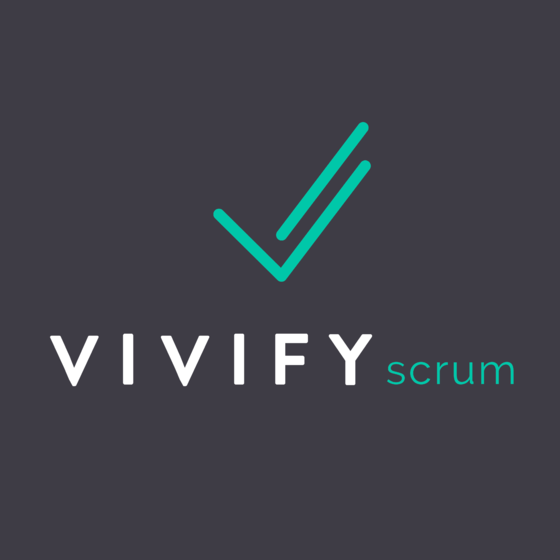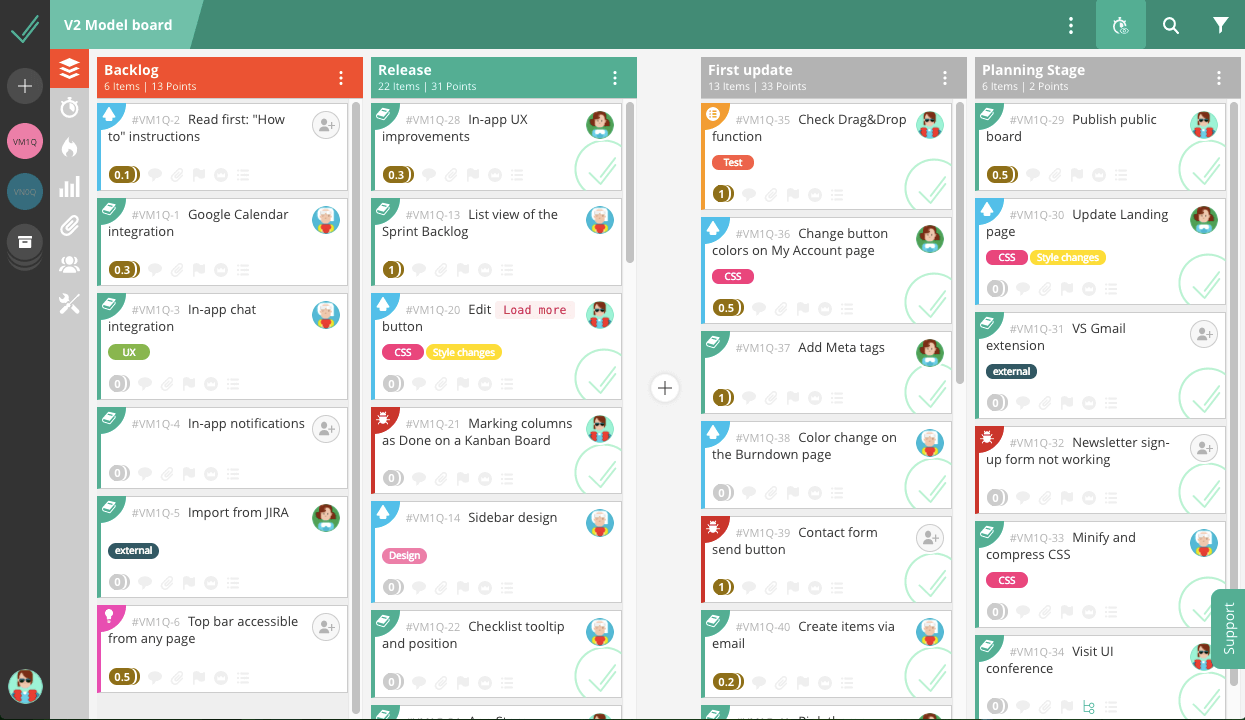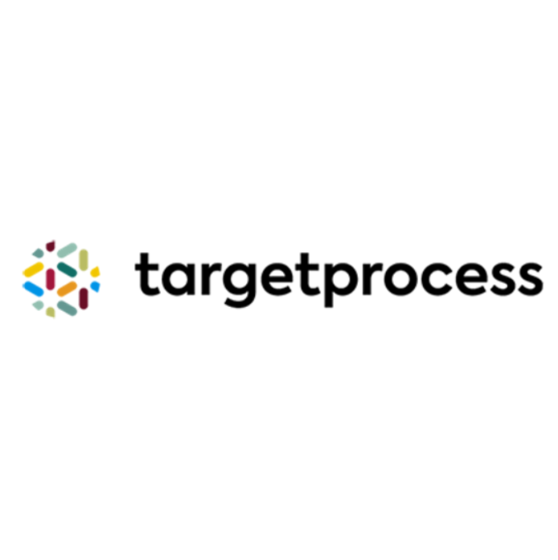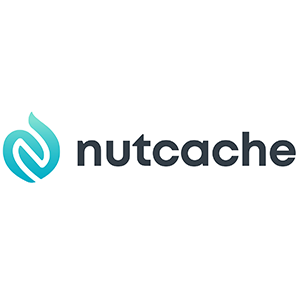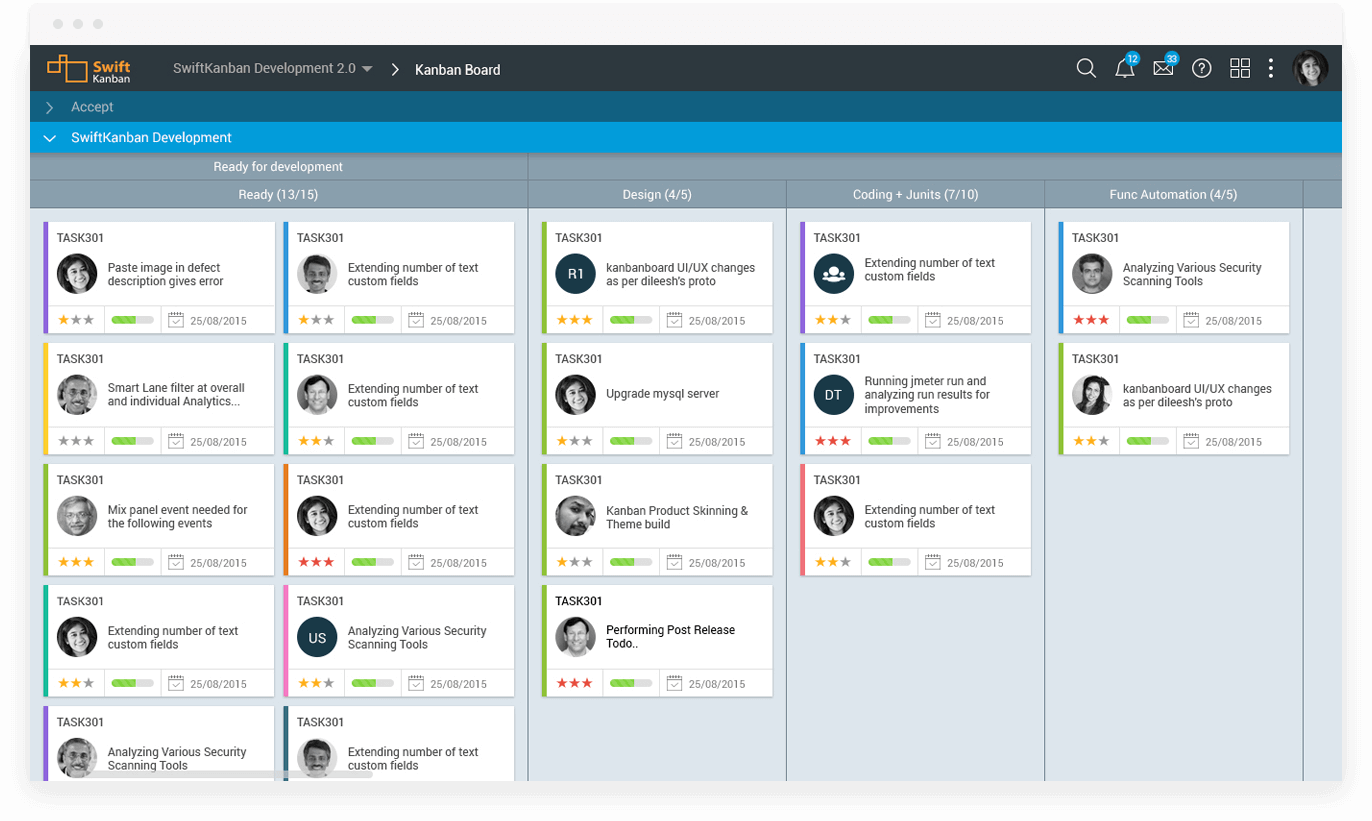10 Best Scrum Software List
Here's my pick of the 10 best software from the 25 tools reviewed.
There are so many different scrum software so making a shortlist of the best can be tricky. You want to facilitate rapid, iterative development for your team by organizing sprints and managing tasks efficiently - and need the right tool. I've got you covered! In this post I share from my personal experience managing hundreds of projects, using many different scrum platforms, and share my picks of the best scrum software.
What Is Scrum Software?
Scrum software is a project management tool that supports the Scrum framework, a popular Agile methodology used in software development and other project management areas. This software helps teams organize and manage their work in short, iterative cycles known as "sprints." It typically includes features for sprint planning, tracking progress, managing backlogs, and facilitating daily stand-ups and reviews. The goal of Scrum software is to enhance collaboration, improve transparency, and enable teams to adapt quickly to changes, ultimately leading to more efficient and effective project delivery.
Overviews Of The 10 Best Scrum Software
Here’s a brief description of each of the scrum tools on my list showing what it does best, plus screenshots to showcase some of the features.
QuickBase is a cloud-based application development platform that enables users to create custom business applications without the need for coding expertise. Its platform can also be adapted for use as scrum software, supporting agile project management methodologies. This allows teams to manage sprints, backlogs, and user stories within a customizable framework.
QuickBase's flexibility in application design and data management additionally allows scrum teams to configure the system to their specific workflow requirements, facilitating the iterative development and continuous improvement central to scrum practices.
QuickBase integrates with Microsoft Teams, Tableau, Slack, Salesforce, NetSuite, QuickBooks, Dropbox, Google Drive, Marketo, and Zendesk.
QuickBase costs from $35/user/month (billed annually) and comes with a 30-day free trial.
Pros and cons
Pros:
- Can scale with growing businesses
- Provides excellent customer support for users
- Intuitive interface
Cons:
- Some issues with slow loading times
- Lacks easily formattable reports
ClickUp bills itself as 'one app to replace them all' and I tend to agree. It's a good jack-of-all-trades option that handles basic tasks, docs, team chat, and goals within a sleek, welcoming interface. Remote scrum teams will love the easy screenshots and recording features for long-distance stand-up meetings. On top of everything, their free plan is quite generous, with unlimited tasks and unlimited members plus 100MB of storage space.
ClickUp costs $5/user/month. They also have a free version with unlimited tasks and unlimited members.
Pros and cons
Pros:
- Free forever plan allows unlimited members
- Unlimited file storage on all paid account tiers
- Can email (set-up) a task directly from Outlook
Cons:
- Read-only guest permissions are limited to paid account
- Reporting suite is limited to paid plans only
- Granular customization options mean a time-consuming setup
Zoho Sprints is an agile project management tool that helps Scrum teams organize user stories, manage backlogs, and track progress on Scrum Boards. It’s a simple and clutter-free Scrum software that helps teams to focus on shipping great quality work.
The drag and drop planning builder helps teams plan their upcoming sprints by moving items from their project backlog to their sprint backlog. The project backlog serves as the repository of all user stories, tasks, and bugs. The dedicated planning center equips teams to refine their project backlog with options to filter, sort and search items across default and custom parameters.
The Scrum Board in Zoho Sprints is highly customizable and provides visibility and transparency of everyone’s progress. It is effortless to drag-and-drop stories into completion, create custom statuses and set WIP limits. Teams can sort work items into swimlanes based on priority, story, or estimation points, and track the progress of sprints in an exclusive sprint dashboard.
Zoho Sprints provides real-time reports and insights into the overall progress. The Velocity Chart calculates the amount of work delivered in each sprint and helps teams to plan and estimate future sprints. Meanwhile, Burndown and Burnup charts help teams to track the pace at which they are burning estimation points by comparing the current and ideal progress line.
Communication and collaboration are crucial in every aspect of life, and
they're especially critical when you're working with cross-functional teams. With Zoho Sprints, product teams can collaborate within the context of their work through features like built-in chat, virtual meetings, and an interactive project feed.
Zoho Sprints integrates well with popular code repository management tools like GitHub, GitLab, Bitbucket. DevOps teams can also automate their CI/CD pipelines by integrating with developer tools like Jenkins and Azure DevOps. Teams can leverage webhooks and APIs to build their integrations or browse through a growing library of apps listed on Zoho's marketplace.
Zoho Sprints starts at $6/user/month (billed annually). They offer a freemium version for up to 3 users for 3 projects. Zoho Sprints offers a free trial for 15 days (no credit card required).
Miro is a collaborative online whiteboard with built-in video conferencing widely used across various industries, including major Fortune 100 companies. It offers an extensive array of templates and formats, from Kanban boards to flowcharts.
As a scrum software tool, Miro includes interactive collaboration features like stickies and comments, enabling dynamic discussions during scrum sessions. Its integration with project management tools like Jira and Asana centralizes task tracking within the scrum framework. Additionally, Miro's planner tool assists in visualizing and organizing tasks, aiding teams in maintaining a clear overview of their projects and sprints.
Miro has integrations with a whole suite of tools, including Zoom, Figma, Confluence, Asana, monday.com, Microsoft Teams, Jira, Slack, Google Drive, Box, Airtable, Notion, Azure, and Webex. Some integrations are limited to paid plans only.
Pros and cons
Pros:
- Free forever plan available
- Intuitive and easy setup
- Built-in communication features for streamlined collaboration
Cons:
- Visitor/guest accounts locked to paid plans only
- Zooming can be jumpy on larger projects
- Free version does not allow high-quality export to pdf
Used by over 20K companies, Teamwork is a project management tool that highlights accountability and collaboration with time tracking, workload management, and templates and automation. Teamwork's API is flexible and accessible with different self-help modules for manipulating data, building integrations, customizing product development workflows, and visualizing your content. Scrum-oriented cross-functional teams will love this adaptability.
Teamwork costs from $10/user/month and they also offer a freemium version of the tool for up to 5 users. They also offer a 30-day free trial for all paid plans.
Pros and cons
Pros:
- Features can be turned on/off (tasks, messages, time, risks, billing)
- Easy zoom in/zoom out on project plans
- Easy to communicate task status with clients or team
Cons:
- No CSS template option for advanced customization
- No industry-specialized project templates or formats
- No easy way to measure your team’s capacity
Hubstaff Tasks is a project management tool with multiple task tracking and collaboration features. Its interface is based on the Scrum methodology; it lets you organize tasks in different project stages, which are represented by columns. Each task can be categorized using color-coded labels. One of its notable features is custom workflows. These let you automate assigning tasks to team members at different project stages and moving them forward with one click.
You can create checklists within each task and track them from the project view using progress bars. Files can also be attached to task cards, but the free plan only allows up to 100 MB of storage per user. Switching to the sprints view displays all your assigned tasks, organized by sprint. You can move tasks to current or future sprints or to the backlog with a drag-and-drop mechanism similar to Kanban.
Hubstaff Tasks integrates with Active Collab, Asana, Breeze, ClickUp, GitHub, GitLab, Insightly, JIRA, LiquidPlanner, Mavenlink, Paymo, PivotalTracker, Podio, Redbooth, Redmine, Teamwork Projects, Trello, Unfuddle, Wrike, Zoho Projects, Slack, Zendesk, Salesforce, QuickBooks, and other apps. You can boost your integration options with a paid plan through Zapier, unlocking hundreds of other possible connections.
Hubstaff Tasks is free for up to 5 users and 10 projects. The premium plan starts at $7/user/month and includes a 14-day free trial.
Pros and cons
Pros:
- Generous free plan for small teams
- Excellent project management templates
- Can opt in/out of sprints for each project
- Very simple to launch/get started
Cons:
- No WIP limits or swimlanes
- Limited 3rd-party integrations
- No mobile app
VivifyScrum is a web-based project management tool that comes with free Scrum training via their VivifySCrum EDU course—just one of the many added benefits that small teams and startups will appreciate. They also have fixed price licensing for SMBs trying to navigate the growing world of monthly workflow app subscriptions. Additionally, teams of all sizes will appreciate their flexible agile boards, burndown charts, and Scrum metrics graphs.
VivifyScrum costs from $96 as a one-time fee for 10 users and offers a 7-day free trial as well as a 30-day refund policy upon purchase.
Pros and cons
Pros:
- Easy to add and rearrange tasks on board
- Labels and card types work well for added organization
- Helpful shortcuts to quickly assign, label, type tasks
Cons:
- Lacking in 3rd party integrations
- Can’t sort backlog items in dashboard view
- Gitlab connection could be better
Targetprocess is a Scrum team management app with tailored solutions for product owners, release train engineers, portfolio managers, and agile coaches. They make sprint retrospectives simple with built-in tools to check team happiness, organize feedback, or just record a high-level summary of a project. Targetprocess has board tags for 'worked well,' 'didn't work well,' and 'improvement ideas', making collaborative retrospectives even easier.
Targetprocess offers customized pricing upon request.
Pros and cons
Pros:
- Can choose between unique or standard views per user
- Responsive customer support team
- Robust graphical and custom reports to pinpoint trends
Cons:
- No means to reuse steps
- Does not include iteration tracking
- Can be tricky to move entities into different levels of the hierarchy
Nutcache is a Scrum project management tool with the ability to measure task progress, set a business value to cards (ROI), assign complexity points to cards, display real-time sprint statistics, and use acceptance tests to set cards as completed. Nutcache has a healthy list of third-party integration options and also works with a paid Zapier plan to unlock thousands more. They also offer a flexible API to connect Nutcache to your existing tools and workflow.
Nutcache costs from $6/user/month with a “Pro” plan that requires 5 users.
Pros and cons
Pros:
- Robust project dashboards
- Intuitive to learn and use
- Great time and expense tracking
- Easy to integrate new employees (scalable)
Cons:
- Complicated security levels for employees
- Need more third party integrations
SwiftKanban is one of the many X tools that are part of the Digité family and so are very easy to connect with their other solutions, like marketing, machine learning, and QA management. Features include task boards and visual project management, Scrum and Scrumban capabilities, and predictive flow metrics. Engineers will appreciate their SwiftESP tools for robust predictive analytics and risk management solutions.
SwiftKanban costs from $7/user/month but also has a freemium plan for up to 10 users and 4 boards. You can try their paid plans free for 30 days.
Pros and cons
Pros:
- Excellent visualizations and analytics
- UI is very intuitive and user-friendly
- Unique “Board Playback” feature for analysis and review
Cons:
- No bulk options for various operations
- Custom templates are limited to Group plan and above
- Best Scrumban features not included in free plan
The Best Scrum Software Comparison Chart
| Tools | Price | |
|---|---|---|
| QuickBase | From $600/month (billed annually), which equates to $25/user/month with a minimum requirement of 20 users. This is for the Team plan, which includes core features suitable for smaller teams. For larger organizations or those needing advanced features, QuickBase offers higher-tier plans, and pricing for these can be obtained upon request. | Website |
| ClickUp | From $7/user/month | Website |
| Zoho Sprints | From $3 /user/month for up to 100 users | Website |
| Miro | From $10/user/month | Website |
| Teamwork.com | From $10/user/month (billed annually) | Website |
| Hubstaff | From $7/user/month | Website |
| VivifyScrum | From $96 as a one-time fee for 10 users | Website |
| Targetprocess | From $20/user/month | Website |
| nutcache | From $12.49 project-planning/user/month (billed annually) | Website |
| SwiftKanban | From $15/month | Website |

Compare Software Specs Side by Side
Use our comparison chart to review and evaluate software specs side-by-side.
Compare SoftwareOther Scrum Software
Here’s a few more that didn’t make the top list.
- Orangescrum
Best Scrum software with resource management
- Axosoft
Best Sprint dashboard
- Height
Efficient Agile development made simple.
- monday.com
Best for highly collaborative Scrum teams
- Lucidspark
Best Scrum board for integrations and collaboration
- Jira Software
Best scrum software for enterprises
- Wrike
Best for Scrum and agile templates
- Celoxis
Best for resource management
- Asana
Best free Scrum software
- Scoro
Best agile Scrum software
- Trello
Widely-used Scrum board software
- Basecamp
Best Scrum tool for non-software projects
- SprintGround
Best for web developers
- Scrumdesk
Best objectives and key results (OKR) planning
- Zoho Sprints
Scrum software within a connected suite of other business tools
Selection Criteria
Here’s a summary of my evaluation criteria:
- User Interface (UI): Scrum relies on team members being self-organizing so the user interface needs to reflect that by being clean, intuitive, easy-to-learn, and customizable. Plus, burndown charts, roadmap templates, and other must-have items should be easy to find with a few clicks.
- Usability: As mentioned above, an agile Scrum methodology requires a Scrum team to be heavily self-reliant. So, Scrum tools should be easy to figure out and provide ample self-help guidance, training documents, and self-paced webinars/tutorials.
- Integrations: Scrum relies on cross-functional teams so it’s likely other project management software will be required in your daily workflow. The best Scrum tools should easily connect with project management tools like cloud storage, task lists, mind mapping, communication and messaging, real-time collaboration tools, and more.
- Value for $: How appropriate is the price for the features, capabilities, and use case? Is pricing clear, transparent, and flexible?
- Scrum Software Key Features
- Prioritize visibility and transparency – Team members, the product owner, and stakeholders should all have easy access to the same information be it through shareable dashboards or auto-scheduling reports.
- User stories and story points – The customer is at the heart of product iteration with the Scrum development process so having tools to map out who they are and what problems (the “issue”) they face is essential.
- Burn up chart and other completion metrics – Knowing who has done what for product lifecycle goals, increment work, and backlog items will inform each team member of crucial dependencies, bottlenecks, or roadblocks as they occur.
- Backlog organization and management – Unlike waterfall, Scrum is constantly flowing, shifting, and adjusting in media res; the tools should reflect the need to bookmark ideas, iterations, and improvements as they arise—saving them for the next sprint.
People Also Ask
What is Scrum Methodology?
What is a Scrum Sprint Review?
What is the difference between Scrum and Kanban?
Similar Tool Reviews
I’ve also written about similar tools, such as alternatives similar to Trello and agile project management tools in a more general sense.
What Software Do Your Scrum Or Agile Teams Use?
As a Scrum Master, what functionality do you look for in your agile framework tools? Do you have a favorite tool for the daily Scrum or more general Scrum development? Which tool on this list fits best into the standard Scrum Guide, in your opinion? As a project manager, would you add any Scrum tools to this list? Let us know in the comments.
For updates on our latest articles and podcasts from project management experts, sign up for the DPM newsletter.
You can also share tool recommendations and best practices with other digital PMs in our online community—get involved with our community in DPM Membership.




